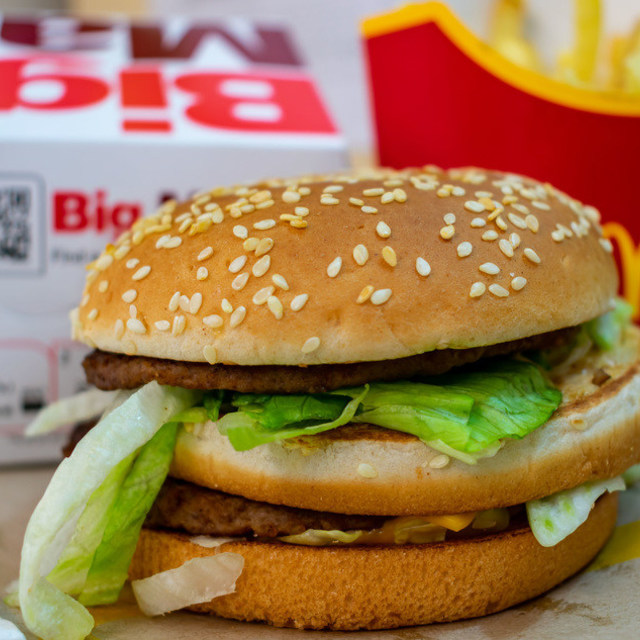McDonald’s and Other QSRs Feel Pain From Cost-Strapped Consumers

The third quarter from major quick-service restaurants reveals a nuanced picture of traffic and sales trends across different income segments and markets. Overall, Q3 highlights a consistent trend in the QSR sector – traffic from younger and lower-income consumers remains soft, while higher-income visits and value-oriented offerings help sustain sales.
Chains are leaning more on menu innovation, value platforms, digital ordering and international expansion to offset softness in domestic traffic.
McDonald’s is navigating a “bifurcated consumer base” in the U.S., according to CEO Chris Kempczinski. Visits from lower-income customers fell by nearly double-digits for the quarter, continuing a trend that has persisted for almost two years, while traffic from higher-income diners grew nearly double-digits, according to Kempczinski. Adding to the bad news, earnings and revenue missed Wall Street's expectations.
Despite this, U.S. comparable sales rose 2.4%, and global comparable sales increased about 3.6%. Management is leaning on value offerings, including the relaunched Extra Value Meals, which now account for roughly 30% of U.S. transactions, to maintain engagement with cost-conscious customers.
But McDonald's isn't alone in feeling some pain in the QSR sector. In fact, Wendy’s faced a tougher quarter, with U.S. same-restaurant sales down 3.6% and global system-wide sales declining 1.8%. International markets, however, grew 8.7%, helping offset some domestic weakness. Total revenue was $560.9 million, slightly below the prior year, while adjusted EPS rose 7.4% to $0.29 thanks to operational efficiencies and higher average checks. The company revised its full-year guidance downward, projecting global system-wide sales down 3–5% and EPS of $0.82–$0.89, reflecting caution amid soft domestic traffic.
CAVA also saw slower growth. Revenue totaled $289.8 million, slightly missing estimates, and EPS was $0.12. Restaurant-level profit margins fell to 24.6% as higher food and labor costs weighed on profitability. Management cited a pullback in discretionary spending among younger consumers due to inflationary pressures from rent, student loans and living expenses. Same-store sales growth guidance for 2025 was lowered to 3–4%, down from a prior 4–6% outlook.
Source: GlobeSt/ALM